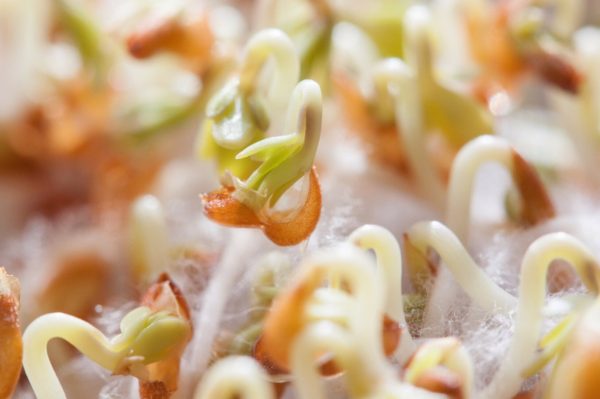EFFECT OF CHEMICALS ON GERMINATION AND SEED BORNE MYCOFLORA OF WHEAT IN NEPAL
Keywords:
Blotter test, Pathogens, Genotypes, FungicidesAbstract
In vitro seed borne fungal infections in wheat (Triticum aestivum) seeds were studied by blotter method on nine varieties/genotypes collected from Rampur, Chitwan; Khajura, Banke and Khumaltar, Lalitpur at Seed Quality Control Center, Harihar Bhawan, Lalitpur, during 2013 with the objective of determining fungal pathogens associated with wheat seeds and their management. Dithane M 45 (1.5g kg-1), Vitavex (2g kg-1) and Raxil (1g kg-1) were used to treat wheat seeds of three varieties/genotypes from each location with high fungal infection. Alternaria alternata, Bipolaris sorokiniana, Curvularia lunata, Cladosporium herbarum, Epicoccum nigrum and Bipolaris spicifera were detected from untreated seeds. The fungicides were having significant effect in reducing percentage frequency of Alternaria alternata, Bipolaris sorokiniana, Bipolaris spicifera, and Curvularia lunata in the seeds of Khajura and Khumaltar locations, however they were non-significant among each other in the seeds of Rampur. Seed treatment with Dithane M 45 and Vitavex was significantly more effective for Bipolaris sorokiniana and Alternaria alternata as compared to Raxil. Thus, seed treatment with Dithane M 45 or Vitavex would be a good option for the management of seed borne pathogens.

